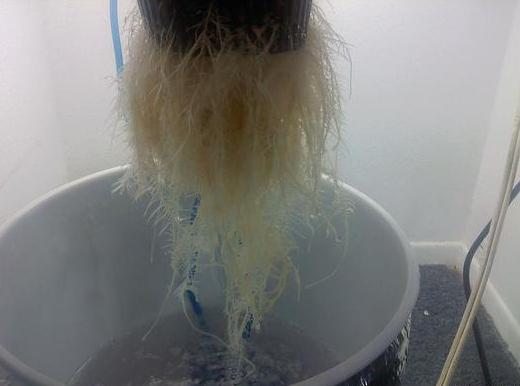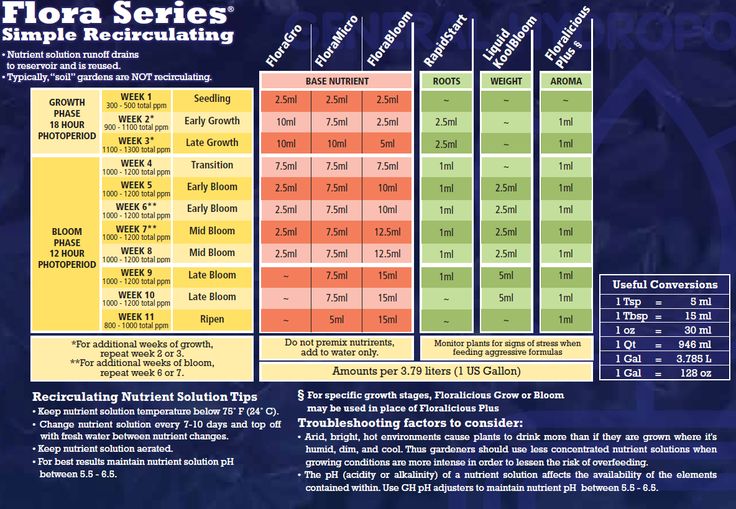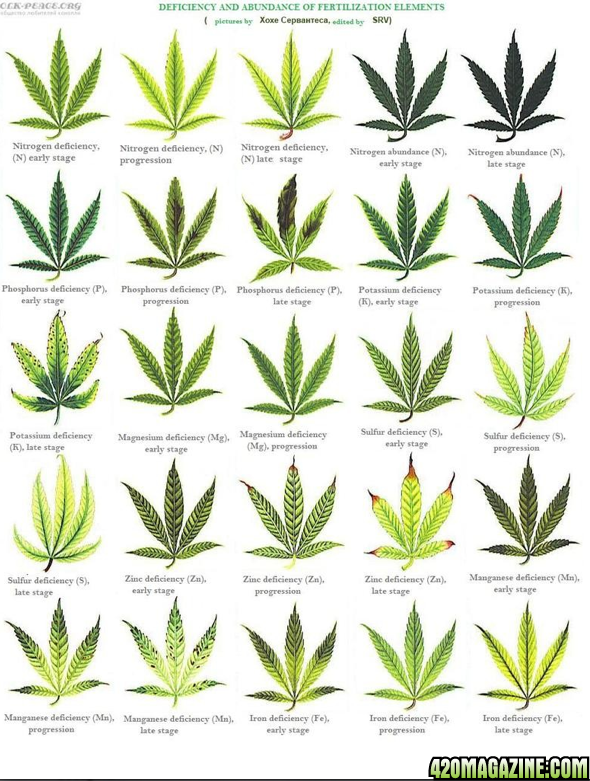The Network
Bluelighter
- Joined
- Nov 7, 2010
- Messages
- 1,970
Sitting here pondering what kind of a grow room I'd have installed if I won the lottery and could buy a nice house 
Shit's expensive. I'd probably go with LEDs for lifetime and lack of needing separate bulbs or setups for different stages. To cover 10 plants the LED panels alone can easily cost $3500+. Damn!

Shit's expensive. I'd probably go with LEDs for lifetime and lack of needing separate bulbs or setups for different stages. To cover 10 plants the LED panels alone can easily cost $3500+. Damn!









